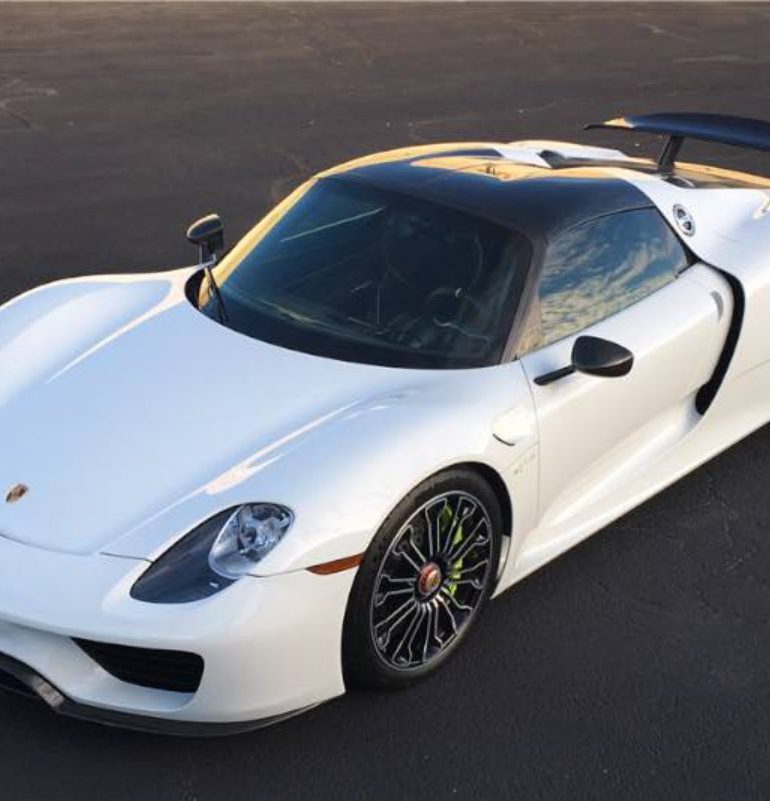For more than half a century, the 911 has been synonymous with Porsche, a factory established on ingenious engineering and racing success. During this period, Porsche has made other cars, some sitting below the 911, some positioned above. Today, we’ll talk about one of the latter, the Porsche 918 Spyder.
This generation-defining hypercar went head to head with two of its arch-rivals, the McLaren P1 and Ferrari LaFerrari, giving them a good run for their money. We’ll remind you what makes the 918 Spyder so special, where it connects with the icons of the past, and what it will take to create a worthy successor in the future.



